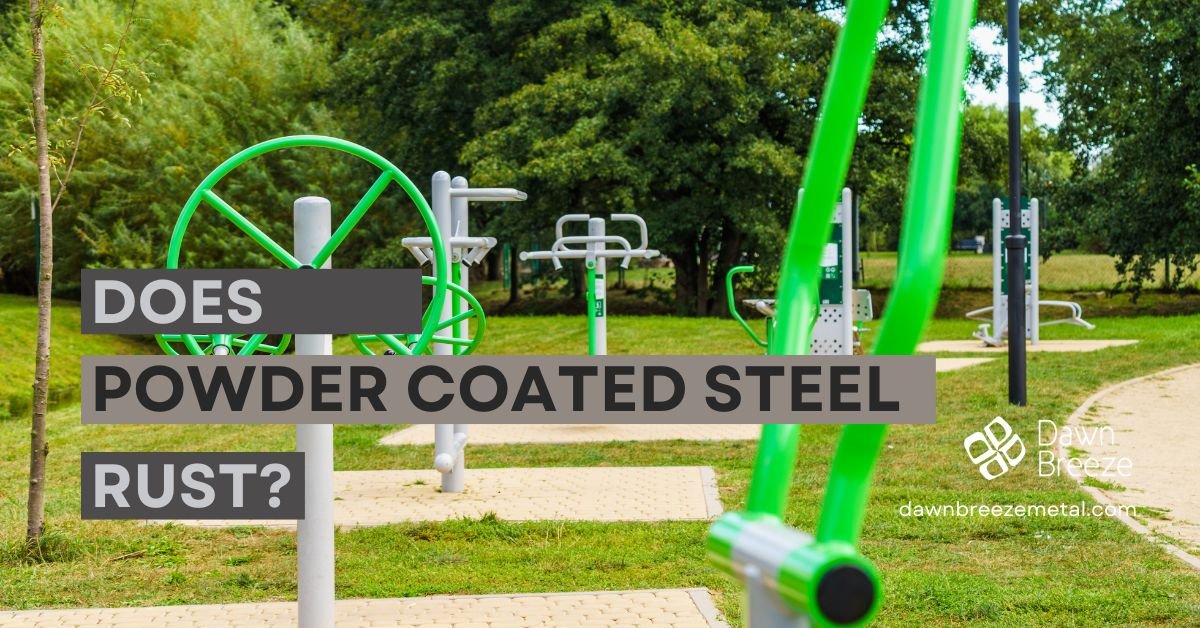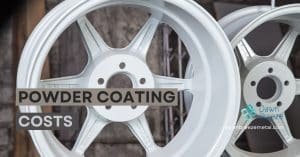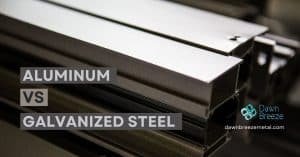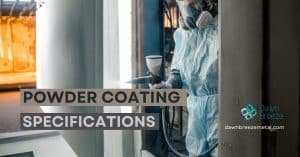Powder coating has wide applications in the steel industry. It is highly durable and finishes nicely, from outdoor furniture to heavy industrial equipment. However, it’s important to note that steel may still rust over time. If you want to use powder-coated material for your projects, you must understand the concepts of powder coating and its ability to protect steel from rust. This article will discuss the critical issue: “Does powder-coated steel rust?” Additionally, we will explore how to prevent it from rusting.
What is Powder Coating?
Powder coating – a finishing process that utilizes a free-flowing, dry powder and then applies it to a steel or any metal surface. This powder contains fine particles, including pigment and epoxy or polyester resin. These particles are electrostatically charged and sprayed onto the surface. Once applied, the coated item is baked in a curing oven, where the powder melts and forms a solid, smooth, and durable finish.
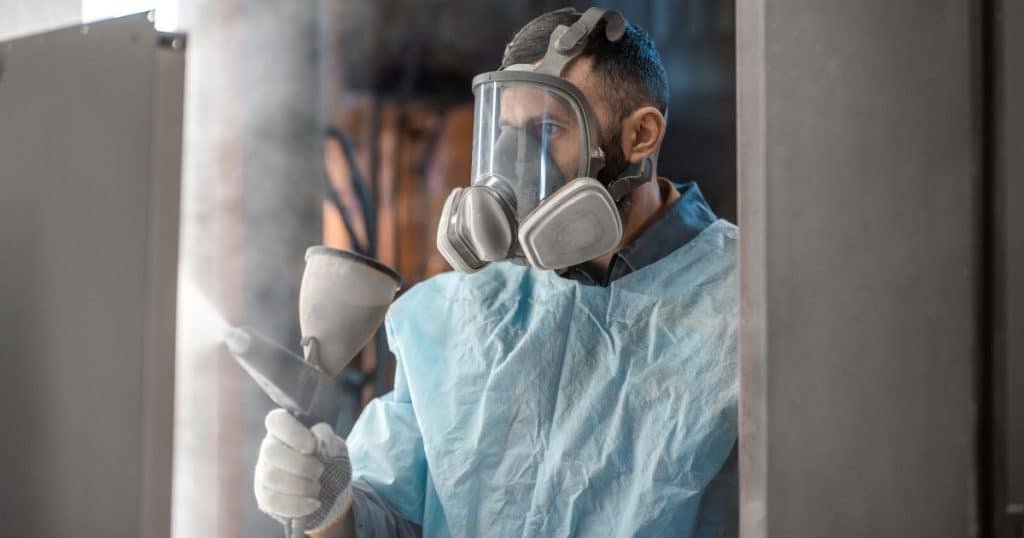
Factors that can Lead to Rusting
Here are five factors that can lead to rusting in powder-coated steel;
- Physical Damage to the Coating: Defects on the surface of the powder-coated item, such as chips, scratches, or cracks, expose the base metal (steel in this case) to the environment, leading to rust formation in those affected areas.
- Improper surface Preparation: If the steel is not cleaned and pre-treated before powder coating, substances, i.e., grease, oil, or dirt, will interfere with the adhesion of the coating, leading to rust.
- Exposure to Harsh Environments: Extreme weather conditions also, high humidity, salt water, and industrial pollutants affect the surface of the metal. Besides this, it will deteriorate the anti-corrosive layer and allow rust to develop.
- Poor Application Techniques: Sometimes, the powder coating may be applied inadequately or cured improperly. These unfavorable conditions increase the chances of rusting and provide thin coating sections.
- Chemical Exposure: Some chemicals, like potent corrosive agents, i.e., acids or alkalis, will attack the surface of the powder-coated film. This erodes it until the underlying steel surface is exposed.
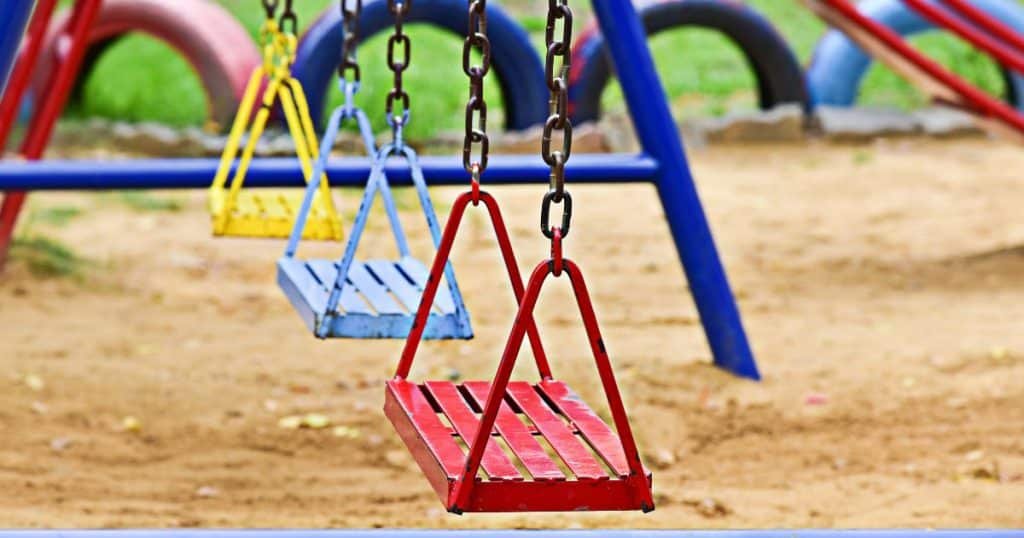
How to Increase the Longevity of Powder-Coated Steel?
Here are some techniques you can follow to extend the life of powder-coated steel.
- Clean Regularly: Avoid harsh soaps, remove contaminants, and do not apply abrasive cleaners.
- Inspect and Repair: Inspect and fix any damage to the coating. So it can avoid rusting the metal part.
- Ensure Proper Installation: Design installations to prevent water pooling and minimize chemical exposure.
- Use Protective Coatings: A clear sealant enhances the surface and gives further protection, especially in severe conditions.
- Avoid Harsh Chemicals: Only use gentle and compatible cleaning products to preserve the coating for a long.
Does Powder Coated Steel Rust?
Powder-coated steel, with its protective layer, stands as a confident barrier against rust. While it significantly reduces the risk of rust, it’s not entirely immune. Yet, with proper care and maintenance, its protection against corrosive agents can be enhanced, ensuring its durability.
Applications of Powder Coated Steel
Powder-coated steel is widely used across various industries due to its durability, corrosion resistance, and attractive finish. Here are the advantages of powder-coated steel explained in detail:
- Outdoor Furniture: It is specifically helpful for patios and garden furniture. They are not easily affected by rugged weather and are long-serving.
- Architectural Features: It has a range of applications in railings, fences, and balconies. These are for both the purpose of a barrier function and for the look.
- Automotive Industry: Usually used for car components, i.e., wheels, bumpers, or frames, to improve their strength and to shield them from rust.
- Industrial Equipment: It covers the machinery and tools that are used in abrasive areas for more extended periods, thus increasing their durability and looks.
- Appliances and Consumer Goods: Used in home appliances and electronics because it provides a resistant and chic look that is hard-wearing
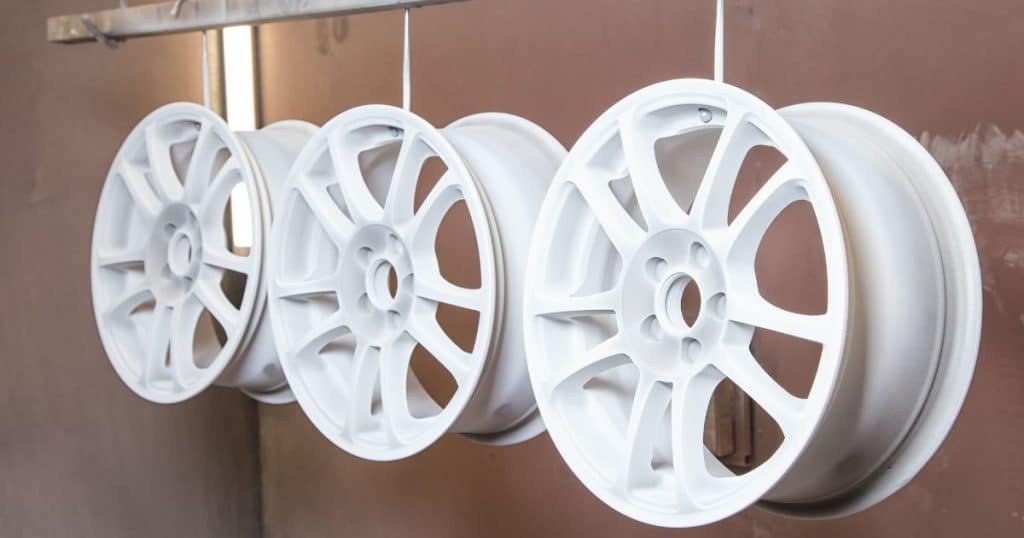
Conclusion
In conclusion, powder-coated steel is effective for rust and corrosion resistance. This makes it suitable for interior and exterior applications. While the powder coating significantly reduces the risk of rust, it is not entirely immune. Proper maintenance and care can enhance the surface coating’s protection against corrosive agents, improving the steel’s durability. With these points in mind, you can make informed decisions about using powder-coated steel in various designs.
Frequently Asked Questions
Q1. What is the durability of a powder-coated steel surface?
When properly maintained, powder-coated surfaces can last up to 15-20 years or more, depending on current conditions and the quality of the powder coating.
Q2. Is it possible to restore the powder coating?
Yes, it is possible to restore the powder coating. If there are minor marks, such as scratches or chips, on the coating, they can be fixed. This can be done by removing the affected area’s powder coating, preparing the surface, and then reapplying the powder coating. This process can effectively restore the protective layer.
Q3. Is the powder-coated part environmentally friendly?
The technology used in powder coating is more environmentally friendly. It releases lower quantities of Volatile Organic Compounds (VOCs) when compared with liquid paint. Additionally, it generates little waste, making it a more sustainable choice for coating applications.
Q4. Is the powder coating service offered in the various shades and textures?
Yes, powder coating can come in various colors, grain feels, and styles according to the need.
Q5. Is powder coating available in different colors and finishes?
Yes, powder coating is available in a wide range of colors, textures, and finishes. These can include standard colors, metallic finishes, textured surfaces, and even custom colors to suit specific design needs. This versatility makes powder coating a popular choice for a variety of applications.
Q6. Can powder-coated steel be welded?
Yes, but the powder coating near the weld needs to be removed before welding. Moreover, the affected area should be recoated afterward to restore protection.
Q7. What’s the difference between powder coating and traditional paint?
Powder coating is more durable, environmentally friendly, and resistant to chipping, scratching, and fading than traditional liquid paint.

